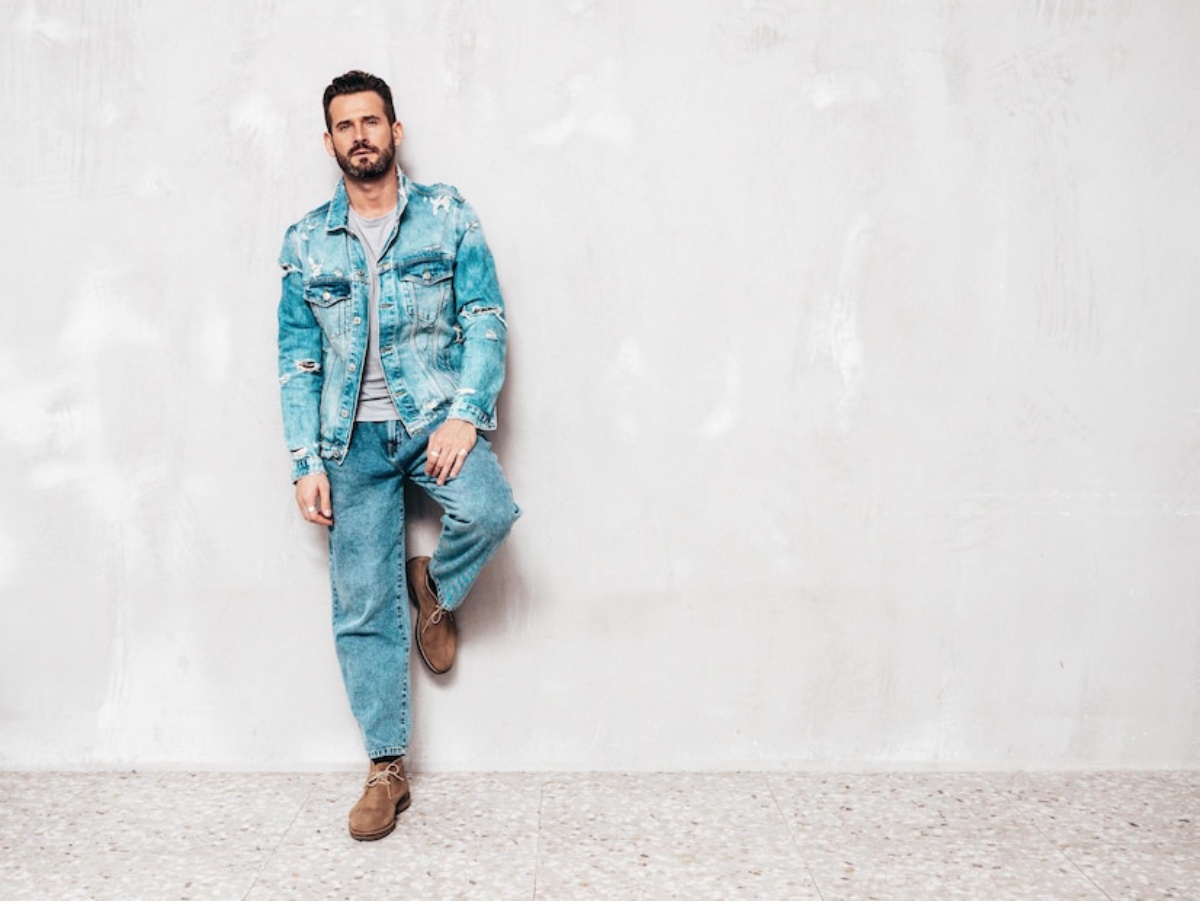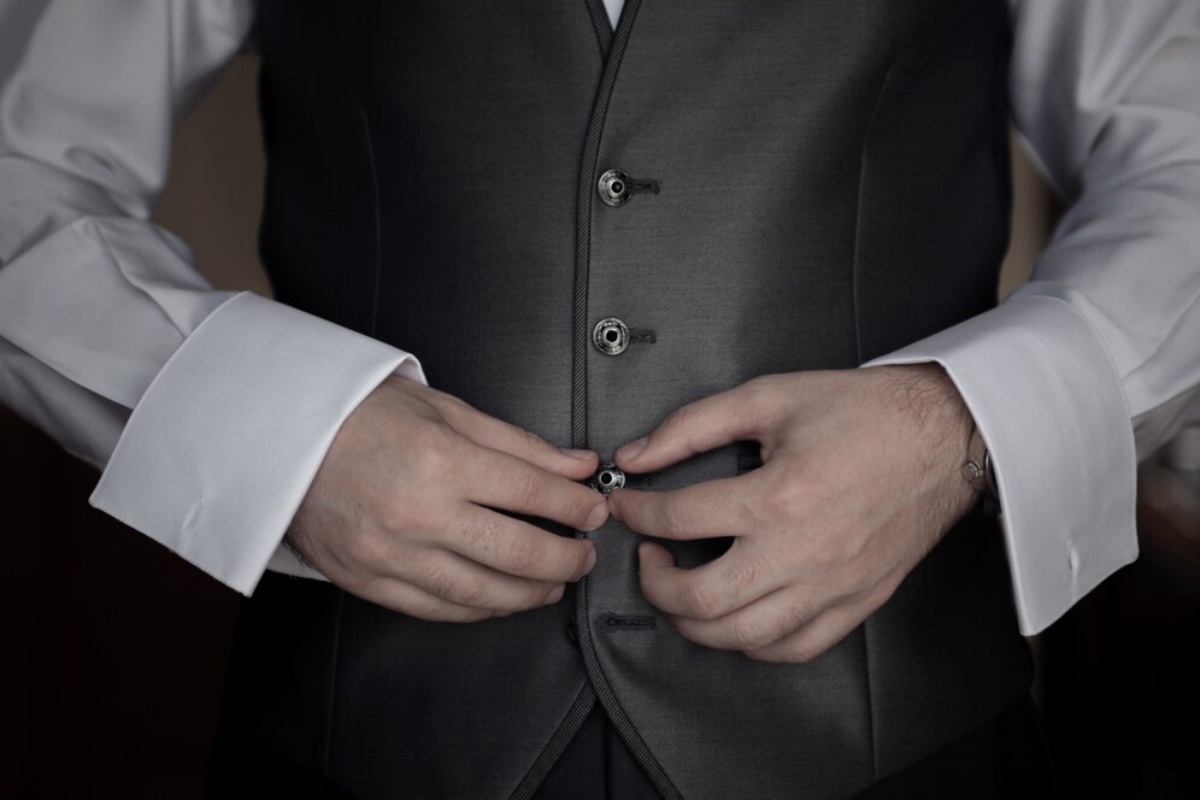
Timeless Fabrics That Define Classic Menswear
If you’re hoping to build a wardrobe that can withstand the ravages of the seasonal trends, a cast of classic fabrics can be a headliner. Whether the starkness of a tailored wool suit or the beaten-down yet rugged lean of denim, these materials have carved out their place both in wearability and elegance. This guide explores the age-old guard fabrics that set the standard in menswear. This, is invaluable information for both those with a fledgling wardrobe who want to learn more and those who are looking to refresh their entire wardrobe knowledge.
Why Fabric Matters in Menswear
A well-dressed man isn’t defined solely by the cut of his clothes but by the quality and character of the fabric. Fabric influences everything: drape, texture, comfort, and formality. In a world focused on fast fashion and synthetic materials, choosing authentic, heritage materials shows style and a love for craftsmanship.
These classic materials have been chosen over centuries for their functional and aesthetic properties. Their enduring relevance proves their worth — not just as textile, but as the backbone of enduring men’s wardrobe staples.
1. Wool: The Backbone of Men’s Classic Fashion

Wool is synonymous with men’s tailoring, offering unrivalled versatility. It can be woven into various textures, from dense tweeds to smooth worsteds, making it ideal for everything from suits to overcoats.
Key Benefits of Wool
- Natural insulation: Keeps you warm in winter and cool in warmer temperatures.
- Breathability: Unlike synthetic materials, wool allows the skin to breathe.
- Durability: High-quality wool suits can last for decades with proper care.
Types of Wool Commonly Found in Menswear:
- Merino wool – Known for its softness and fine fibres, perfect for jumpers and base layers.
- Tweed – A rougher, thicker wool ideal for country jackets and autumn attire.
- Worsted wool – Smooth, hard-wearing and sleek, used in traditional suiting.
2. Cotton: The Foundation of Everyday Elegance
From crisp dress shirts to relaxed chinos, cotton is one of the most essential and timeless fashion fabrics. Its adaptability and comfort make it a mainstay in both casual and formal wardrobes.
Why Cotton Stands the Test of Time
- Soft yet durable: Cotton can be woven tightly for structure or loosely for softness.
- Breathable and absorbent: Ideal for layering and long-term wear.
- Easy to care for: Machine washable and resilient to frequent use.
Classic Cotton Styles in Menswear:
- Oxford cloth button-down shirts (OCBDs) – The cornerstone of American preppy style.
- Chino trousers – Lightweight, neutral-toned staples for smart-casual looks.
- Poplin and broadcloth – Sharp, formal shirt materials.
3. Linen: The Summer Classic
Linen brings a unique texture and feel that no other fabric can replicate. Its relaxed wrinkles and breezy nature make it perfect for summer.
What Makes Linen a Classic?
- Exceptional breathability: Keeps the body cool even in high heat.
- Elegant drape: Creates a casual yet sophisticated silhouette.
- Natural wrinkles: Adds to its charm rather than detracting from it.
Linen in Classic Menswear:
- Linen blazers in muted tones for resort wear.
- Lightweight trousers paired with loafers.
- Collarless linen shirts for relaxed refinement.
4. Denim: Rugged, Reliable, and Rebellious

Though casual in appearance, denim has a long-standing place in classic menswear. Originally designed as durable workwear, denim became a symbol of rebellion in the 20th century and later, a staple in everyday fashion.
Why Denim Endures
- Hard-wearing: High-quality denim can last for decades and improve with age.
- Stylistic versatility: Pairs well with formal or casual elements.
- Cultural resonance: From James Dean to modern streetwear, denim reflects changing fashion moods.
Iconic Denim Styles:
- Raw selvedge denim – Unwashed and stiff, moulds to the body over time.
- Denim jackets – Perfect for layering, timeless in every decade.
- Classic straight-leg jeans – Avoid overly trendy cuts to ensure longevity.
5. Leather: The Statement Fabric
From jackets to boots, leather carries a rugged elegance few other materials can match. When cared for, leather not only lasts a lifetime but develops a unique patina that enhances its appeal.
Why Leather is Timeless
- Durability: Ages beautifully and can handle daily wear.
- Personality: No two pieces age the same.
- Heritage: Evokes a sense of adventure and masculinity.
Classic Leather Items:
- Biker jackets – Iconic since the 1950s.
- Derby and brogue shoes – Ideal for both office and evening wear.
- Belts and briefcases – Accessories that pull an outfit together.
6. Flannel: Warmth Meets Sophistication
Often associated with cool-weather menswear, flannel is a brushed wool or cotton fabric that offers unparalleled comfort and a soft visual texture.
What Makes Flannel a Wardrobe Staple
- Warm and soft: Perfect for layering in colder months.
- Visual richness: Adds depth to neutral or monochrome outfits.
- Casual yet refined: Works well for both office and weekend settings.
Examples of Flannel in Classic Style:
- Grey flannel trousers paired with navy blazers.
- Checked flannel shirts with dark jeans.
- Flannel suits for a warm yet formal winter ensemble.
7. Silk: The Understated Luxury

Though used more sparingly in menswear, silk adds an element of finesse that elevates a look.
The Subtle Power of Silk
- Smooth and lightweight: Offers unmatched softness and sheen.
- Temperature regulating: Suitable for layering in both summer and winter.
- Luxury statement: Conveys taste and sophistication.
Where to Use Silk in Menswear:
- Ties and pocket squares – The go-to for polished accessorising.
- Silk-blend shirts – Subtle sheen ideal for evening occasions.
- Lining in jackets and coats – Adds comfort and luxury.
Maintaining Timeless Fabrics: Care is Key
Investing in classic fabrics means nothing if they’re not maintained. Here are some care tips to preserve your menswear staples:
General Fabric Care Tips
- Always read care labels and follow them precisely.
- Use wooden hangers for suits and coats to maintain shoulder structure.
- Brush wool garments after use to remove dirt and revive fibres.
- Rotate shoes to give leather time to rest and breathe.
- Store fabrics in breathable garment bags to prevent mould and moths.
Build a Wardrobe That Lasts
Classic menswear is not just about looking good. It’s about understanding the craftsmanship and the history and the quality that make for enduring style. From wool’s structural elegance to linen’s summer breeze appeal, classic fabrics are the building blocks of a wardrobe designed to endure.
With fast fashion falling from grace, these enduring textiles show that when it comes to quality, you get what you pay for — and it pays off in the long run. Whether you’re updating your wardrobe or building it from the ground up, allow classic fashion to influence your decisions. The right fabric doesn’t just clothe you — it expresses your values, your history, and your style.
Ready to elevate your wardrobe? Start by investing in pieces made from these essential fabrics. Not only will they stand the test of time, but they’ll also help define your signature look for years to come.


